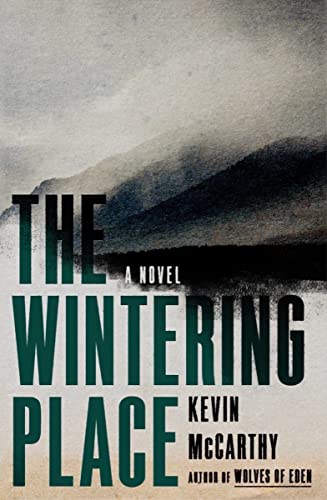The Wintering Place
The unforgettable tale of two Irish brothers fleeing the Indian Wars with the half-Native American woman they love continues in Kevin McCarthy’s The Wintering Place, the sequel to his impressive Wolves of Eden. It is 1867 in Dakota Territory, and brothers Michael and Thomas O’Driscoll are on the run with Tom’s lover, Sara, from the scene of a gunfight at a local canteen where Sara and other Indigenous women were held as sex slaves to a soulless army camp sutler and his evil wife. Michael, gravely wounded at the scene of a Sioux massacre, is rescued by Tom and Sara, who soon put miles between their former lives and the uncertain future ahead of them in a harsh wilderness. As winter descends, they find shelter in a natural cave of sheltering rocks and nurse Michael back from the brink, but trouble has a way of sniffing out the O’Driscoll brothers. Seeking only peace from the wars of their pasts, the trio must ward off both man and beast as they try to build a home for themselves.
McCarthy’s incandescent prose moves easily between third-person chapters and those written from Michael’s perspective, which mimic a certain grammatical and linguistic style of the era. In these chapters, Michael directly narrates events as part of a journal he keeps, confessing and justifying the brothers’ actions to those reading—and which are the most beguiling and nuanced parts of McCarthy’s two books. His characters are well-drawn and memorable—for good and bad—in a land where survival is the only goal. The Wintering Place is a superb and stunning Western novel that approaches fine literature, and it behooves readers to pick up Wolves of Eden first, if only to spend more time in the brothers’ company.










